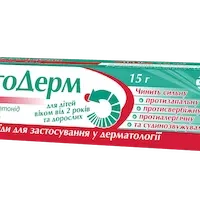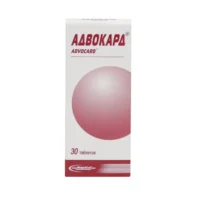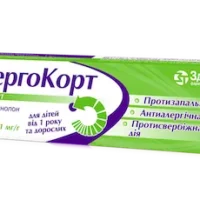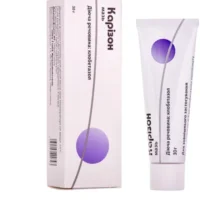Description
No-shpa (Drotaverine Hydrochloride) Tablets 0.04g №100
Ingredients
- Active ingredient: Drotaverine hydrochloride 0.04g per tablet.
Dosage
- Dosage: The usual dose is 40-80 mg (1-2 tablets) taken 2-3 times a day after meals.
Indications
- Indications: No-shpa tablets are indicated for the relief of smooth muscle spasms in conditions such as irritable bowel syndrome, biliary colic, renal colic, and dysmenorrhea.
Contraindications
- Contraindications: Do not use No-shpa if you are allergic to drotaverine or any other ingredients in the tablets. Consult your doctor before use if you have severe liver or kidney problems.
Directions
- Directions: Swallow the tablets whole with a glass of water. Do not crush or chew the tablets. Follow the dosage instructions provided by your healthcare provider.
Scientific Evidence
Drotaverine hydrochloride, the active ingredient in No-shpa, is a smooth muscle relaxant that works by inhibiting phosphodiesterase enzyme and calcium influx, leading to vasodilation and decreased smooth muscle contractions. Studies have shown its efficacy in relieving spasms in various conditions.
Additional Information
No-shpa tablets have been well-tolerated in clinical trials with minimal side effects reported. It is considered a safe and effective option for the management of smooth muscle spasms. Research studies have highlighted the comparative effectiveness of drotaverine hydrochloride in providing rapid relief from spasms compared to other spasmolytic agents. Its mechanism of action and favorable safety profile make it a preferred choice in clinical practice.





